Sitting, idling, cursing perhaps, many of us have sat there impatiently, waiting for one car to turn right to Sosnowski’s farm stand and another to cross left for a cup of TLC coffee. Countless URI students zip daily over a small bridge at South Kingstown’s Taylor Landing, coming and going. That coffee aroma is intoxicating yet only a momentary distraction from natural impatience to get somewhere else. All the while, the slender Chipuxet River flows below, casually winding its way to Worden Pond, moving slowly but often more than traffic and it is just one of Rhode Island’s Wild and Scenic rivers waiting for you to explore.
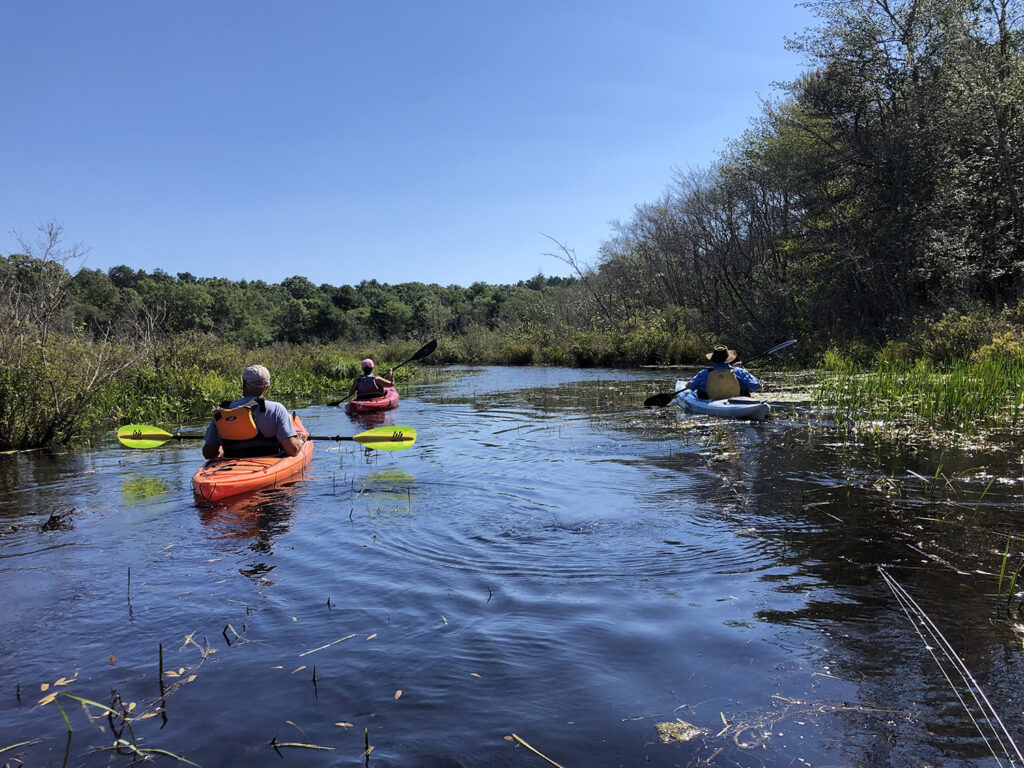
There’s room for you on the Chipuxet
Volunteers worked for three years to earn seven rivers protection under the federal National Wild and Scenic Rivers Act. In 1968, the U.S. Congress made it, “the policy of the United States that certain selected rivers of the Nation, and their immediate environments, that possess outstandingly remarkable scenic, recreational, geologic, fish and wildlife, historic, cultural or other similar values, should be protected in free-flowing condition for the benefit and enjoyment of present and future generations.” The Wood-Pawcatuck Wild and Scenic Rivers Stewardship Council now helps oversee, protect and promote the Beaver, Chipuxet, Green Falls, Wood, Pawcatuck, Queen/Usquepaugh and Shunock rivers.
“So many people just love this river,” Dennis Migneault remarked of the 34 mile Pawcatuck River. She rambles out of Worden Pond, curves to meet with the Wood River in Hopkinton then empties into Little Narragansett Bay. There are trout, panfish and those magical anadromous alewives and blueback herring and shad. Migneault is a South Kingstown representative and member of the Information and Education Committee Chair and Bylaws Committee, serving with nineteen others from twelve municipalities that come in contact with these waterways. With some federal funding to support their efforts, the Stewardship Council works closely with RIDEM, Save The Bay, the National Parks Service, the Narragansett Indian Tribe and the Wood Pawcatuck Watershed Association.
“75% of our rare plant and animal species reside in the river system,” Westerly Council member John Ericson said. It’s amazing to have such a resource so close in this 110 miles, which is the longest Wild and Scenic River system in New England. “Any changes to a river with federal funding, like a dam, passes through Wild and Scenic,” Migneault said. Members watch for “anything that prohibits the flow of the river or the quality of the river,” he added. The Wild and Scenic designation was also based on a the presence of some outstandingly remarkable values, which they identified as its geology and hydrology, its exceptional ecosystems, cultural significance and opportunities for scenery and recreation.
Protecting these waters is a reminder of sorts, a reminder of how fortunate we are to be surrounded by such natural beauty and even commonplace events we might otherwise never discover. Just north of Frying Pan Pond on the Upper Wood River, there is an organized pile of thin maple trees a few yards from a beaver lodge. Unsuspecting paddlers might miss the significance of freshly chewed trees placed so neatly but this is a cache, a necessary stockpile of winter food carefully positioned by industrious beavers. They don’t hibernate so while we lazily float past, they are busy filling cupboards in anticipation of a river freezing through the winter. One hard February day, when we’re lamenting carrying in that armload of frozen split oak for a dwindling woodstove, those guys just swim up, pull a fresh limb from the stack and head back to a cozy home on a quiet river.
There are adventures waiting for us on these seven rivers; adventures in canoes and kayaks, with paddles and fly rods, under lush green canopies or a warm winter sun. These rivers will recharge our batteries, remind us how fantastic Nature really is and offer us some hope that all is not lost in a crazy new world. In the company of trees, birds, and fishes, with a river trickling over your feet, a rise of white files feeding patient brook trout, you are reminded of why native peoples and European settlers found this area so attractive. How remarkable to have good folks dedicate themselves to navigate an application through Congress and onto the desk of a president not typically concerned with environmental protection. These three hundred square miles of forest, wetland, open water and small tributaries are indeed a treasure.
Council members are working with the Department of Transportation to install signage at river crossings, with WPWA to develop real-time river conditions, on an informational QR code for more tech savvy paddlers and soon, some merchandise like hats and shirts to raise awareness of their mission. Mainly, they want people to know that these rivers belong to us and should be enjoyed.
As an example, South Kingstown Council member Bill McCusker recently paddled the Chipuxet all the way to Westerly over the course of three days and is encouraging more people to try it for themselves.
You can learn more about the Wild and Scenic Rivers Act, discover other rivers which have received such protection and how you can access these wonderful rivers at the www.wpwildrivers.org.
Incidentally, there’s an easy gravel boat ramp right next to that bridge over the Chipuxet. It’s perfect for launching a canoe with a cup of coffee before idling away a few hours on a pretty, wild and scenic river.
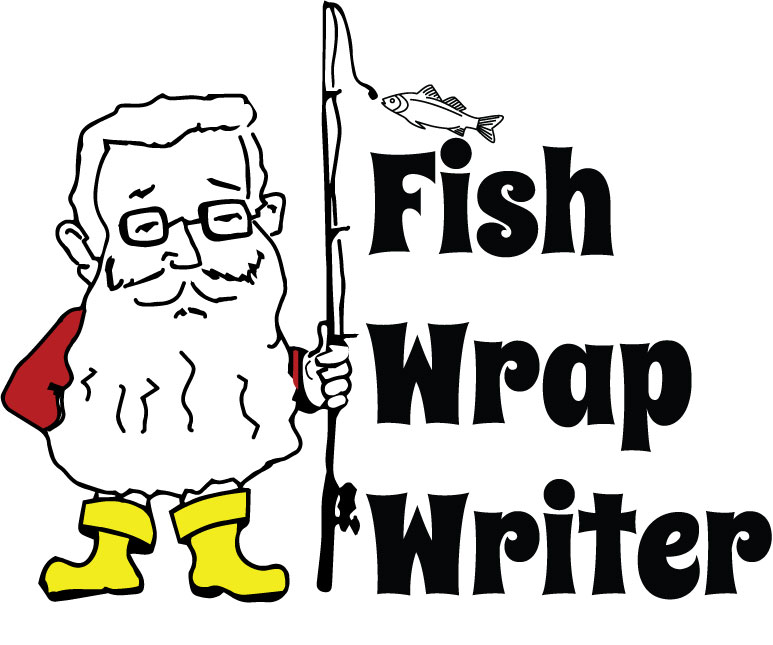

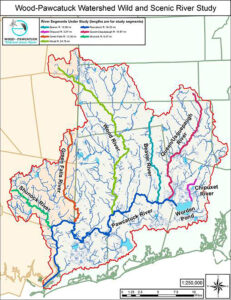
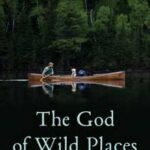
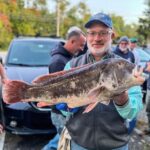
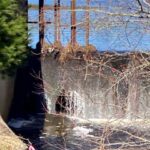

Another great read when is your book coming out ?